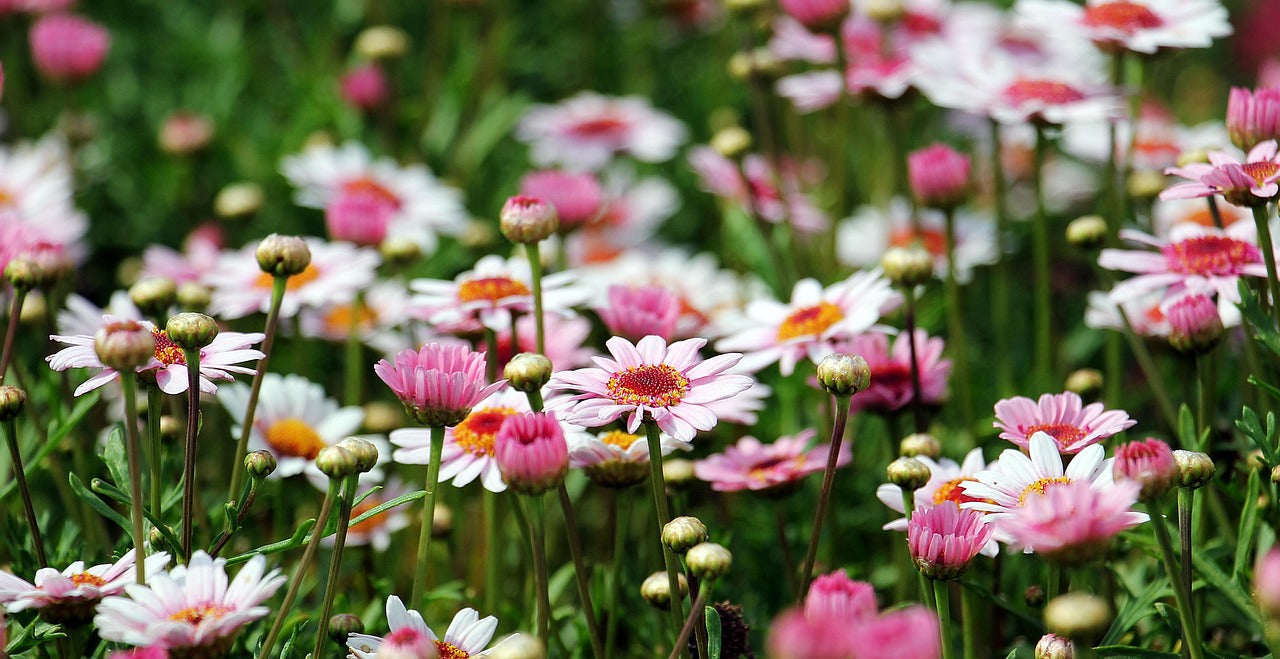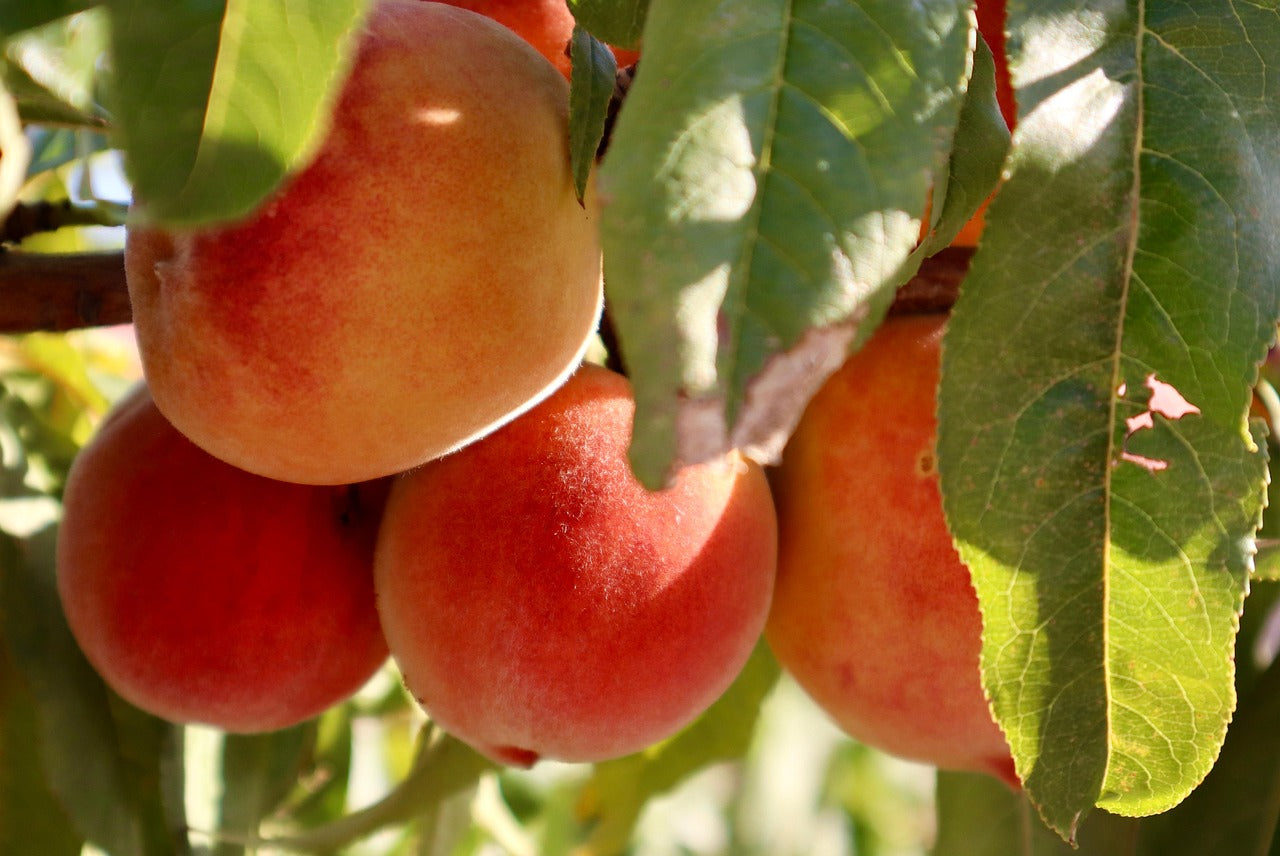Worms are nature’s own recyclers. You can turn your kitchen scraps and garden waste into a nutrient rich, natural garden fertiliser that will feed your garden and indoor plants – for free!
Here’s how to get your worm farm started:
- Identify the container for liquid collection and on top of this place the bin which has holes in the bottom which is the first working tray. Add a couple of layers of newspaper across the bottom and then add an 8cm layer of bedding material such as coconut fibre, peat moss or aged compost to start the worms off.
- Start off with 250 grams or 500 grams of worms to the bedding material and cover them with a blanket, which could be sacking, a scrap piece of natural fibre carpet or worm blankets are available in store. This keeps the worms in a dark environment. .
- Allow the worms a few days to settle into their new home then add a handful of food scraps to their surface feeding area as well as some hand towels, paper egg trays etc., and place the worm blanket back over top.
- Keep the carpet and worm food materials damp, watering approximately one litre per week.
- Place your worm farm in a cool dry area of the garden away from the hot sun.
- The worm population will gradually increase and will self- regulate at around 12 months.
- Continue to feed regularly rather than in large amounts, up to around six litres of waste per week.
- Once the first working bin fills up with vermicast (worm poos) then place another working bin on top and continue with feeding into the second level – the worms will start to move up into the second level. When this fills add the third working bin and only feed in that layer.
- When the third working bin is full you can use the first working tray of vermicast on the garden. Place the empty bin into the top position which rotates the layers of the worm farm.
What will worms eat?
YES: Worms will eat most vegetable and fruit scraps, shredded paper, tea bags, tea leaves, coffee grounds, crushed egg shells, bread scraps, cereal, cottage cheese, plate scrapings and biscuit crumbs. Dairy products may also be used, but feed in moderation. Meat and fish scraps may also be used but are not recommended until you are familiar with worm composting. NO: Foods to avoid are citrus, onions, garlic, garden waste and grass clippings (garden waste is best dealt with by conventional composting methods), fats, cooking oils and oily foods (these create slimy conditions, odour and fly problems) and chicken manure.How to use your vermicast and worm juice:
Vermicast is rich in nitrogen, phosphorus and potassium which is valuable for plants leaf growth, root and stem strength and flower and fruit set. Dig into your garden and mix with the soil, approximately 10 litres of volume to one to two square metres of garden. Spread thinly around plants, avoid touching plant stems. The excess liquid from the base bin can be diluted with water approximately one part worm tea to 10 parts water and is an excellent liquid fertiliser. Worm Juice is a complete plant food on its own, or as a supplement to other fertiliser regimes like liquid compost tea and seaweed tea. A by-product of nature, worm juice is rich in good nitrogen fixing bacteria, 100,000CFU/ml bacteria, plus ready available liquid minerals and trace elements for immediate plant uptake. The benefits of using worm juice are:- The major/secondary/and trace elements are immediately available because of their dissolved state and the high bacteria count, upon application, immediately inoculates the soil, kick starting microbial activity helping to break down organic matter much quicker.
- Your worm juice will increase plant growth, soil aeration, moisture absorption, and result in a healthier soil.





